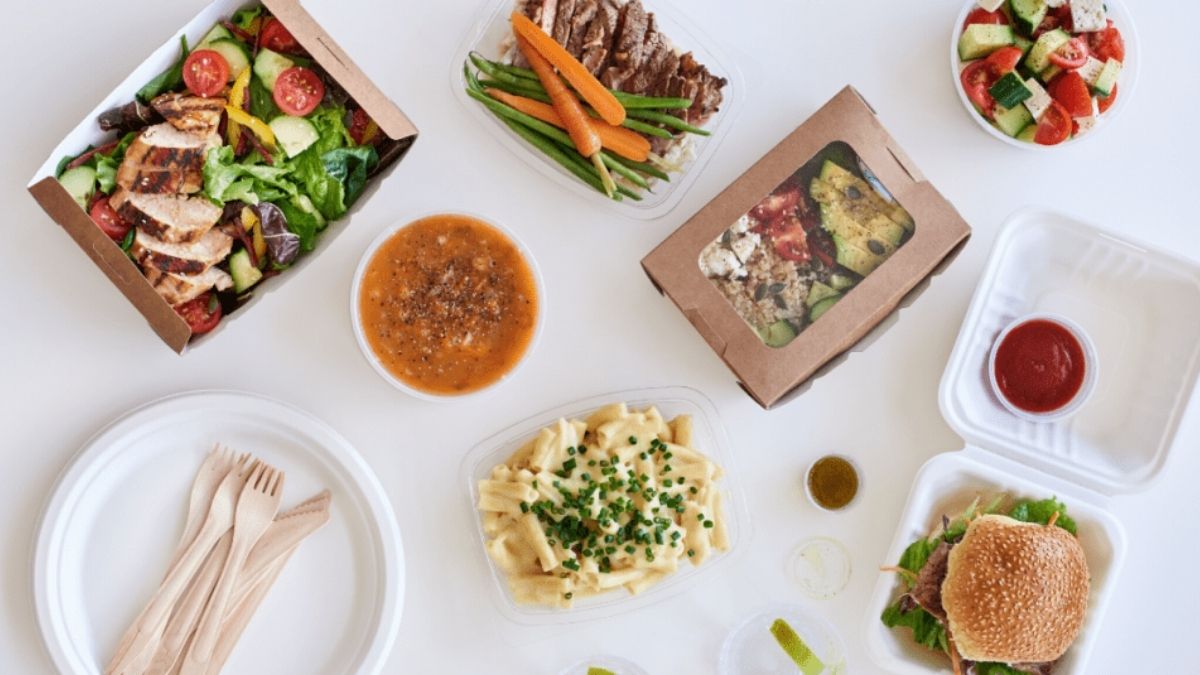The current coronavirus crisis has caused many in the restaurant/catering sector to look at different ways of maintaining their turnover and keeping their employees occupied. In many cases this has led those that were previously eat-in establishments to change their business model by turning to the provision of delivery-only and/or takeaway services. This could have significant VAT consequences which need to be considered.
All supplies of food for consumption in a “dine-in” context are treated as supplies of catering which is a standard rated supply. Dine-in supplies are also seen to have a significant element of service, rather than merely a supply of food. Therefore, dine in supplies prior to the pandemic would all be correctly treated as standard rated catering for VAT purposes.
Following a switch to delivery only and/or takeaway supplies, consideration needs to be given as to whether the supplies still fall within the definition of standard rated catering. If there is no supply of catering, the applicable VAT rate will be based on the liability of the food item itself. Information on what HMRC consider to be a supply of catering can be found in VAT Notice 709/1 Catering and Takeaway Food, and the liability of food is covered in VAT Notice 701/14 Food Products.
Zero rated items include cold takeaway food such as:
- sandwiches (cold)
- cakes
- sushi
Standard rated items include:
- hot takeaway food and drink
- biscuits
- items such as snacks, soft drinks, confectionery and so on
Where an order consists of both standard and zero-rated items there will be a mixed supply. VAT will be required to be accounted for on the value of the standard rated items.
The delivery charge for a supply of delivered goods will follow the liability of the goods supplied (confirmed in section 2.2 of VAT Notice 700/24 Postage and Delivery Charges and Direct Marketing.) If the order is for mixed liability supplies as above, the delivery charge will need to be apportioned between the standard and zero rated items.
As can be seen this is potentially a very complicated area so if you are in any doubt seek assistance from a professional tax advisor.
